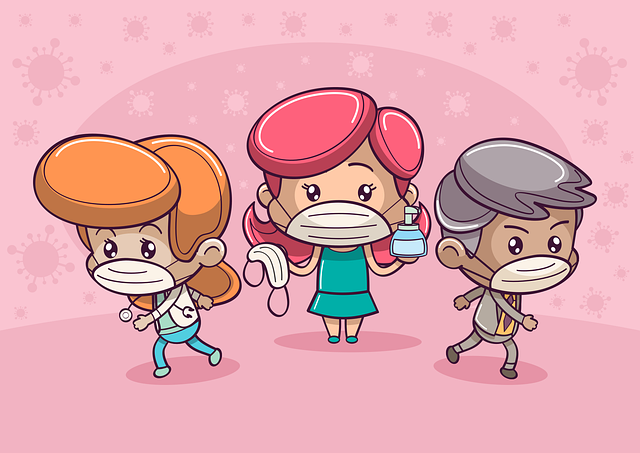Table of Contents
When the pandemic first hit, the world was turned upside down. Borders were closed, businesses were shuttered, and people were left to figure out what would come next.
Now, as we emerge from the pandemic, the world looks very different. Businesses are reopening, travel is starting to resume, and life is slowly but surely returning to some semblance of normalcy.
But what does the post-pandemic world look like? What will our new reality be like? Many factors will shape the post-pandemic world, but here are a few of the most important ones:
-
The global economy will rebound – albeit slowly.
The pandemic has taken a toll on the global economy, with businesses shutting down and millions of people losing their jobs. But as economies worldwide start to reopen, we will see a gradual rebound. However, this rebound will be slow and uneven as different countries and industries recover at different rates.
-
Travel will resume – but with some changes.
The pandemic has brought travel to a virtual standstill, but as vaccines become more widely available, we will start to see travel resumes. That said, it will look different than it did before. We expect more domestic and regional travel as people avoid long-haul flights and crowded airports. And when people do travel internationally, they will likely take precautions such as getting tested before and after their trip.
-
Technology will play an even bigger role in our lives.
The pandemic has accelerated the shift to a digital world, and this trend will only continue in the post-pandemic era. We can expect to see more online shopping, work from home, and more use of technology for everything from entertainment to education.
-
Social distancing will become the new normal
Even as life returns to some semblance of normalcy, we will still need to be careful about how we interact with others.
Who is at higher risk of developing severe illness from COVID-19?
People who are at higher risk of developing severe illness from COVID-19 include:
People over the age of 60-People with chronic medical conditions like heart disease, diabetes, and lung disease-Pregnant women-People with weakened immune systems.
How long does the virus that causes COVID-19 last on surfaces?
The virus that causes COVID-19 can last on surfaces for up to 72 hours. This means that if someone touches a surface that has the virus on it, they can become infected with the virus. The virus can also be spread through contact with an infected person’s respiratory secretions, such as saliva or mucus.
Therefore, cleaning and disinfecting surfaces regularly are essential, especially if someone in your household is sick. What are some of the most common symptoms of COVID-19? The most common symptoms of COVID-19 include fever, cough, and shortness of breath. Other less common symptoms include loss of smell or taste, nausea, vomiting, diarrhea, headache, and muscle aches.
What is cannabis?
Cannabis is a plant that contains psychoactive compounds known as cannabinoids. These compounds interact with the human body to produce various effects, including relaxation, euphoria, and altered states of consciousness. Cannabis can be consumed in multiple ways, including smoking, vaporizing, and ingesting edibles.
The active compound in cannabis that produces these effects is THC (tetrahydrocannabinol). THC binds to receptors in the brain to have an impact. CBD (cannabidiol) is another compound found in cannabis that has medicinal properties but does not produce psychoactive effects.
Can CBD help with the covid-19?
There was research done by the National Institute of General Medical Sciences. The scientist looked at the interaction between covid-19 molecules and CBD. Patients took CBD products and watched how covid-19 properties would react to them. In the early stages of the research, scientists found that cannabis is not preventing the spread of the covid-19 cells. At the same time, scientists saw that CBD prevents a repeat of the virus. So the body will be safe from not catching the virus again.

